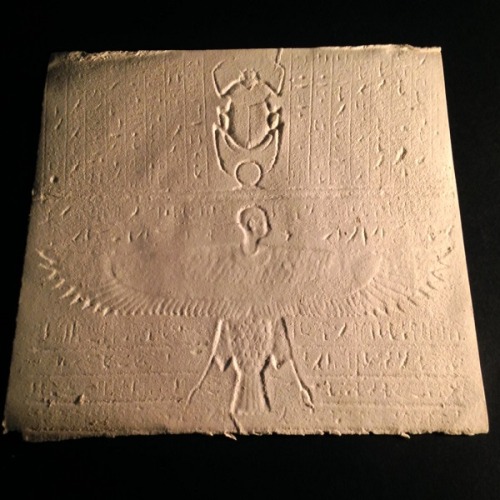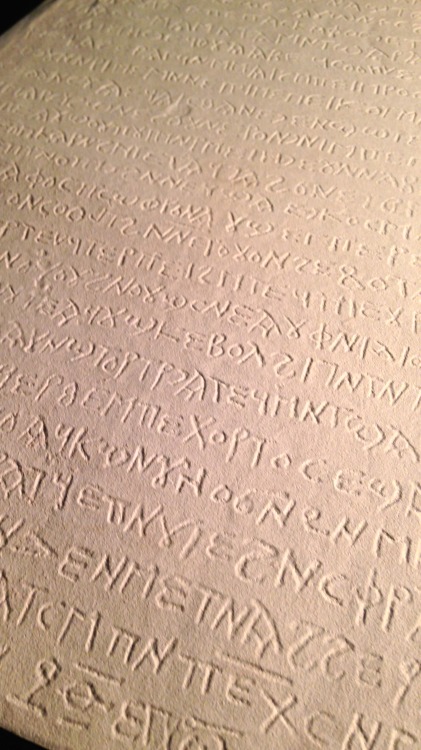In the spirit of celebrating the 80th anniversary of the Wilbour Library of Egyptology, #BKMLibrary
In the spirit of celebrating the 80th anniversary of the Wilbour Library of Egyptology, #BKMLibrary would like to highlight the wonderfully unique gems of the Wilbour Archival Collection. Starting in 1916, the children of Charles E. Wilbour donated their father’s personal papers in addition to his collection of antiquities and his personal library to the Brooklyn Museum.The Wilbour Archival Collection includes correspondence, notebooks, squeezes, and inscriptions, providing insight into his research and travels. Squeezes are paper impressions, formed by pressing soft, wet, moldable paper on object inscriptions. When the paper is dry and removed, the result is a multidimensional mirror impression of the inscription. This process was used by Egyptologists to study ancient hieroglyphics and reliefs. Squeeze-making was employed by archaeologists as an early alternative to photography as far back as the eighteenth century.The squeezes in the Wilbour Archival Collection visually document objects and sites Charles Wilbour visited. His notable squeezes include those from an unidentified sarcophagus, the Temple of Luxor’s Divine Nuptial scene, and the Famine Stela. Posted by Eunice Liu -- source link
Tumblr Blog : brooklynmuseum.tumblr.com
#brooklyn museum#bkmlibrary#library#archives#archeology#history#art#egypt#egyptology#antiquities#wilbour library#celebratewilbour#archives#squeeze#squeezes#impression#squeeze-making#archeologists#documentation#scholarship#sarcophagus#temple#highlight#eunice liu

